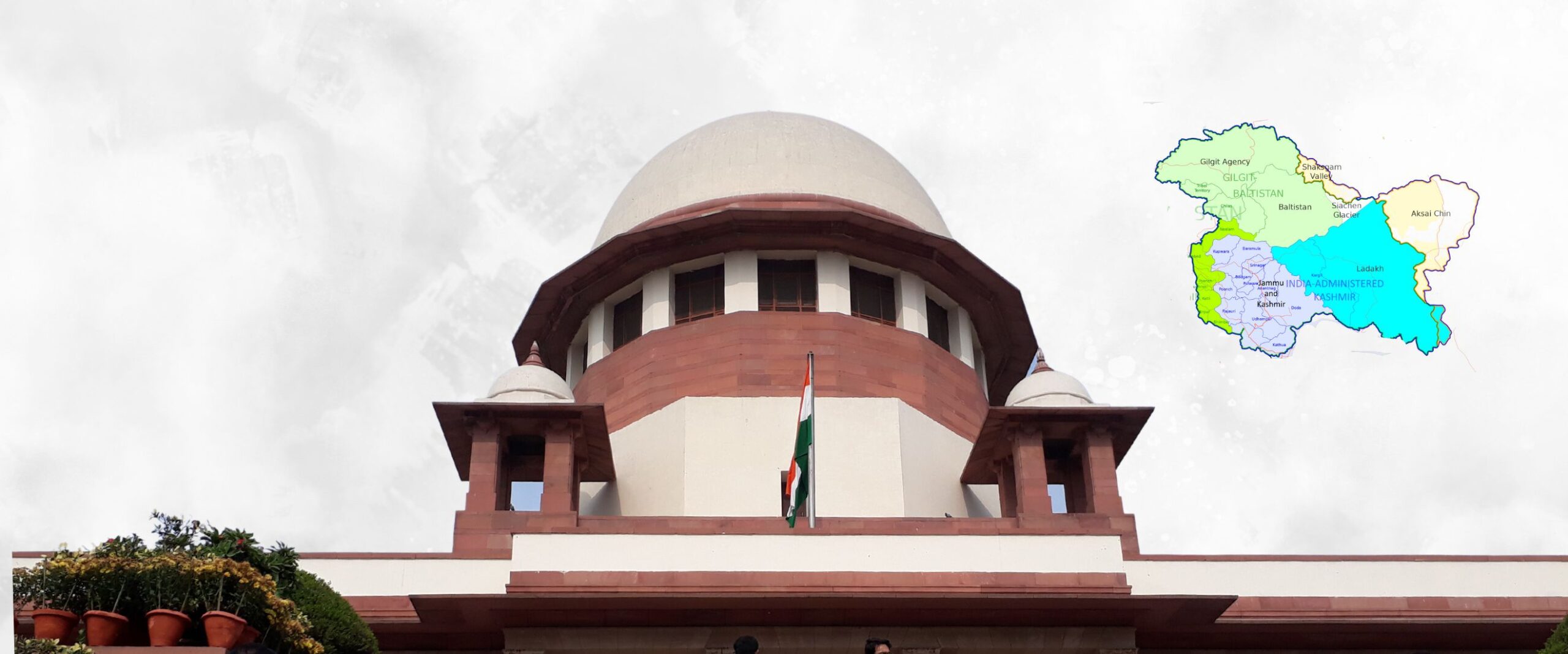15 PRESIDENT'S NOD TO DOMESTIC VIOLENCE ACT
Then President A.P.J. Abdul Kalam gave assent to the Domestic Violence Act, 2005, which aims at protecting women from verbal, emotional, economic and sexual abuses and offers free legal services to such victims.
Under the Act, applicable to all states and Union Territories except Jammu and Kashmir, any act of omission or commission or conduct of an adult male person shall constitute domestic violence an official press note said here today.
As per the Act, a police officer, protection officer, service provider or magistrate who receives a message of domestic violence shall inform the aggrieved person of her right to make an application for obtaining relief by way of a protection order.
The Act provides the rights for free legal Services Authorities Act, 1987, and right to file a complaint under Section 498-A of the Indian Penal Code, wherever relevant.
L Chandra Kumar Case (1997) | The SC ruled that the power of judicial review vested in the Supreme Court and High Courts by Articles 32 (Right to Constitutional Remedies) and 226 respectively is a part of the basic structure of the Constitution. |
Nirbhaya Case (2014) | Introduction of the Criminal Law (Amendment) Act, 2013 and definition of rape under the Protection of Children from Sexual Offences Act, 2012, the Indian Evidence Act, 1872, Indian Penal Code, 1860 and Code of Criminal Procedures, 1973. |
NationalIndia's Patent Rules in 2024 bring several key changes aimed at improving procedural efficiency and supporting innovation: | This case resulted in the recognition of transgender persons as a third gender. The SC also instructed the government to treat them as minorities and expand the reservations in education, jobs, education, etc. |
Pre-Grant Opposition Timelines: | The timeline for submitting a pre-grant opposition has been clearly defined. A patent cannot be granted until six months after publication, allowing sufficient time for interested parties to file oppositions (The IP Press). |
Reduction in Renewal Fees: | A 10% reduction in renewal fees is offered if the fees for at least four years are paid in advance through electronic means. This incentive encourages the timely maintenance of patents (The IP Press). |
Extended Power of the Controller: | The Controller of Patents now has enhanced authority to extend deadlines and condone delays for up to six months, as opposed to the previous one-month extension. This provides greater flexibility in managing patent processes (Khurana & Khurana). |
Changes in Forms: | Various forms used in patent applications, such as Form 1 (Application for Grant of Patent) and Form 3 (Statement & Undertaking), have been updated to improve clarity and process management (Khurana & Khurana). |
Expansion to Include Design Specifications: | Rule 110 now requires patent agents to handle both patent and design specifications, indicating a broader scope of responsibilities for patent practitioners (The IP Press) (Khurana & Khurana). Legal Services Authority and Union of India (2014) |
Triple Talaq Judgment (2016) | The SC outlawed the backward practice of instant ‘triple talaq’, which permitted Muslim men to unilaterally end their marriages by uttering the word “talaq” three times without making any provision for maintenance or alimony. Read about the Triple Talaq Bill, 2019. |

